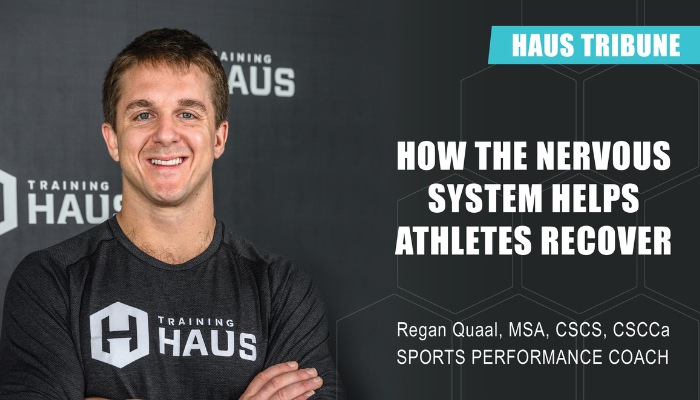
How the Nervous System Helps Athletes Recover
Nervous System Basics
The Peripheral Nervous System, consisting of all the nerves that lie outside the Central Nervous System (brain and spinal cord), is broken down into two main subsystems: autonomic and somatic. For this article, the focus is going to be on the autonomic subsystem, otherwise known as the Autonomic Nervous System or ANS. The ANS regulates those body processes that we don’t have to think about and are thus deemed automatic, like the beating of our heart, the digestion of our food, and simply taking a breath.
Our ANS has three distinct divisions: sympathetic, parasympathetic, and enteric. We will be focusing on the sympathetic and parasympathetic, which are often summarized by the familiar phrases “fight or flight” and “rest and digest”.
The Sympathetic Nervous System (SNS), known as the “fight response,” stimulates the body during stressful or intense situations.
To contrast, the Parasympathetic Nervous System (PNS), known as the “flight response,” oversees downregulation in our bodies to promote relaxation and recovery.
Why Does This Matter?
To maximize training, you need to take advantage of the effects of both systems, specifically the PNS for longevity and recovery.
The PNS is the state we want to spend most of our lives in because of its relaxation effect. It allows for more efficient recovery due to the increased absorption of nutrients and lower stress levels. Engaging the PNS can also be very beneficial in your daily training routine, particularly after competitions and training, to promote faster recovery.
Diaphragmatic breathing is one of the simplest ways to shift your body into a recovery state post-training. It can also be beneficial pre-training for individuals who feel overstimulated prior to practice or competition by helping to prevent burn out.
5 Diaphragmatic Breathing Tips
1. Sit or lie in a comfortable position. If you are in a place where you can sit comfortably on a flat surface or yoga mat, do so.
2. Relax your body and fully exhale. Prepare to start the breathing technique by releasing the air in your lungs.
3. Inhale through your nose. Place one hand on your sternum and one hand on your belly. As you inhale, fill your belly first, and then your upper chest and throat.
4. Exhale through your mouth. Slowly open your mouth, exhaling through pursed lips. On an exhalation, contract your abdominal muscles to expel carbon dioxide and air buildup from your lungs.
5. Repeat multiple times. Try this deep-breathing pattern at least 10 times. Now notice the difference in how your body feels!
To understand and utilize more methods to engage your PNS for faster recovery, join the HAUS Performance App training group. The HAUS Performance App provides sport-specific training to improve strength and minimize risk of injury while also offering nutrition education, sport psychology, and recovery resources. Click the link below to level up your sport performance.

